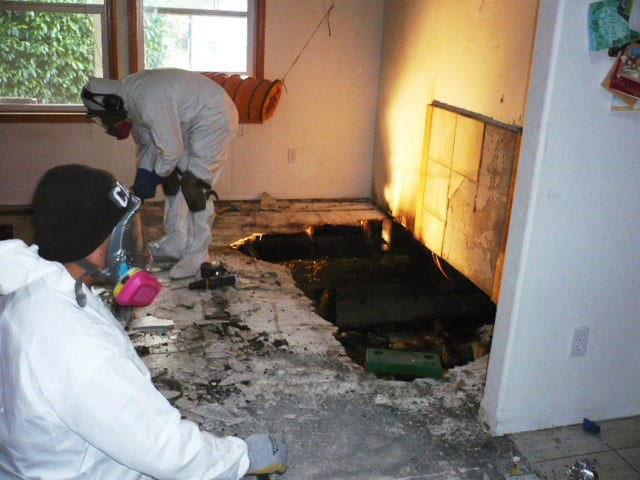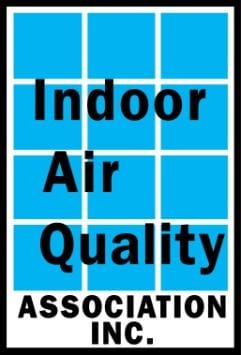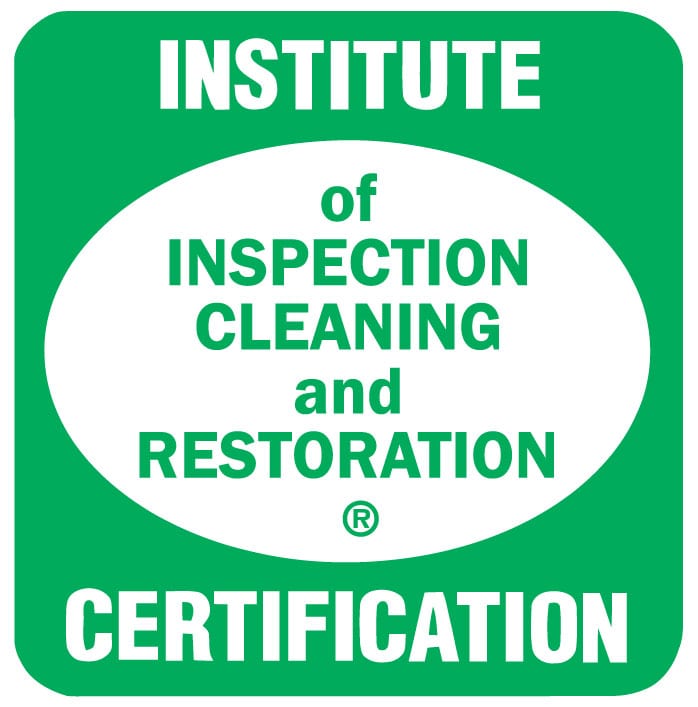
Fire Damage Remediation
Because of the unique way in which smoke behaves, a loss due to fire can result in complex damages. If you have experienced such a loss, a trained professional is necessary to determine what damage may have occurred to building materials and contents as a result of fire, heat, smoke, and moisture.
Experienced fire damage remediation professionals understand the way smoke may penetrate deep within a structure, filling hidden cavities and causing damage and odor, which may not be visible to a surface inspection. Their understanding of building systems helps them determine the extent in which smoke damage may have spread.
Here are some other facts that you may not know about smoke:
- As hot smoke rises, it will seek out cooler areas and higher levels within a structure.
- Smoke can enter into walls through gaps around pipes and other fixtures, traveling between floors.
- The process of remediation may vary greatly, depending on the type of smoke damage to have occurred.
One of the steps in our process included soda blasting the crawl space, using sodium bicarbonate, in order to remove the soot. It’s a pretty laborious process, but you can see how black and charred the wood material was before, then soda blasting it cleans it up.
Types of Smoke
Cleaning procedures vary depending on information determined during pre-testing. At the scene of a fire, a Certified Indoor Air professional can determine what type of smoke damage may have occurred, by testing the soot.
Common types of soot include:
- Dry Smoke Residues – These residues are the result of fires, which burn quickly and at high temperatures. They are often composed of small, dry, powdery smoke particles.
- Wet Smoke Residues – This type of residue is caused by low heat fires, which smolder over time. Such residues are sticky and smeary, and have pungent odors. Such residue can form smoke webs, which may be difficult to clean.
- Protein Residues – Residues of this type have an extremely pungent odor and are nearly invisible. They typically discolor paints and varnishes.
- Fuel Oil Soot – Puff backs from a furnace may distribute fuel oil soot.
- Other Types of Residues – Residues from other sources also need clean up. Such sources may include fire extinguishers, fingerprint powders, or even tear-gas.
Inspection and Pre-Testing
While inspecting the property, a Certified Indoor Air professional will do pre-tests to determine what types of damage may have occurred, as well as what will be needed for adequate cleaning, remediation, and repairs. This inspection includes a number of factors, including:
- The extent of the damage – What sorts of materials were affected? What is the best method for cleaning the materials? Will any personal belongings need to be relocated during the restoration process? Are there any areas, which were not affected by the smoke and/or fire? By protecting unaffected areas before damage spreads, we can save you money!
- Repair/Replacement – Depending on the damage, some materials can be repaired if smoke residues can be cleaned, but what procedures are right to restore damaged materials? Other materials may need to be replaced. An inventory of what items can be salvaged can save you a great deal, as can a time line of the cleanup process.
Pre-testing will also allow the Certified Indoor Air professional to focus on saving your precious items and keepsakes. If you have questions about our remediation services or would like to schedule an appointment, call us directly at (360) 754-6087 or email us at christopher@certifiedindoor.com.



